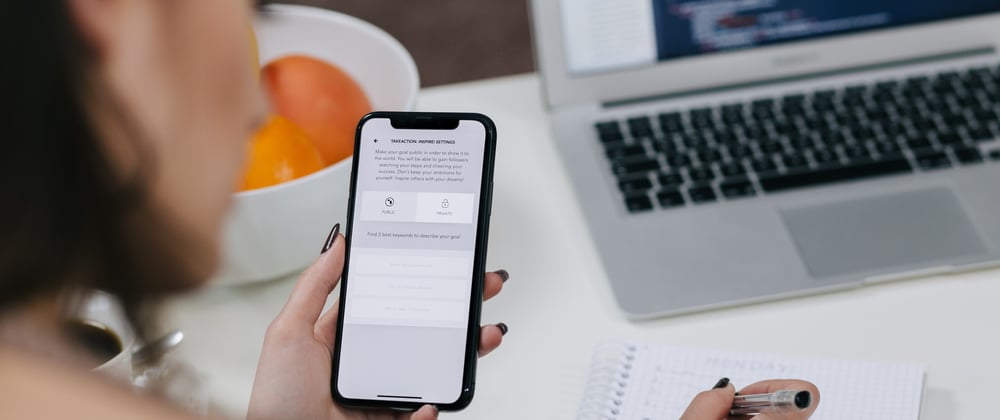Have you ever heard about Firebase? If you are into mobile app development, then we bet you did. It is hard to imagine setting up your newly created app without registering it within Firebase. But it goes further than that. Firebase also offers excellent cloud and verification services for any kind of application.
While working on our recent tutorial on how to make a fitness app with Flutter (it’s really fun, check it out!), we decided to explore the Firebase verification method a bit more. Let’s discuss how phone verification with Firebase works and why you should choose it for your next mobile app.
Why Firebase phone verification?
Before we talk about how Firebase SMS verification actually works, let’s review its perks and what makes this service a good choice for apps of all scales.
- The system works both for iOS and Android.
- Free SMS for verifying up to 10 000 users every month.
- A simple set-up process that takes up minutes, not hours.
- All the user data is stored in the cloud, so this information can be used for logging in later and other purposes.
Considering these, there might be no better choice than opting for a Firebase authentication.
How does Firebase verification work?
Firebase provides some ready-made UIs, SDKs (software development kits), and backend services. All of this helps you identify your users and handle their data properly. You can choose between verification via phone numbers, emails, passwords as well as social media platforms.
Now, let’s focus on the process behind the lines of code.
First of all, you need to fetch the user’s sign-in or sign-up data. As we already discussed, it can be a phone number or an email. Then, this information is passed to Firebase SDK. The backend service checks the data and returns the response — the use is either verified or not. After the successful login, you can access and store the user’s data.
How to integrate Firebase verification into your project?
Now, when you know how Firebase verification works, the question is how to add this tool to your project? That’s the most exciting part. It is a relatively simple process. Let’s now have a quick recap, so you can understand how can you do that. You can always get the step-by-step direction in our Flutter fitness app tutorial.
All you have to do is add your new project via the Firebase website and configure your app in the code. The process varies depending on the platform you choose (iOS or Android) as well as the language and framework you are using. But don’t worry, all the ways are pretty straightforward.
For example, for adding Firebase to the Android app made in Flutter, you first have to register your app in Firebase by downloading the google-services.json file, placing it in the project’s app root directory, and modifying the build.gradle files to use the plugin.
Next, to add the user verification via SMS, you need to make a future inside the dedicated class. Again, more details on this are in our tutorial.
And that’s it! Just like we said, the actions do not take too much time.
Conclusion
Firebase provides numerous ways to verify your users and bring more security to your app, from sending one-time passwords to connecting one’s email. It is an easy to implement and reliable verification tool, and that’s exactly why our team prefers it over all the other available methods.
What about you? What verification method do you use in your mobile apps? Is it Firebase, or do you know something better? Share in the comments!







Top comments (1)
hi fayaz
excuseme for comment here
yoh had benn error in new firebase.auth.ApplicationVerifier('recaptcha') before
do you solve that problem???
my email is mostafa.asadi@gmail.com
please send your solution